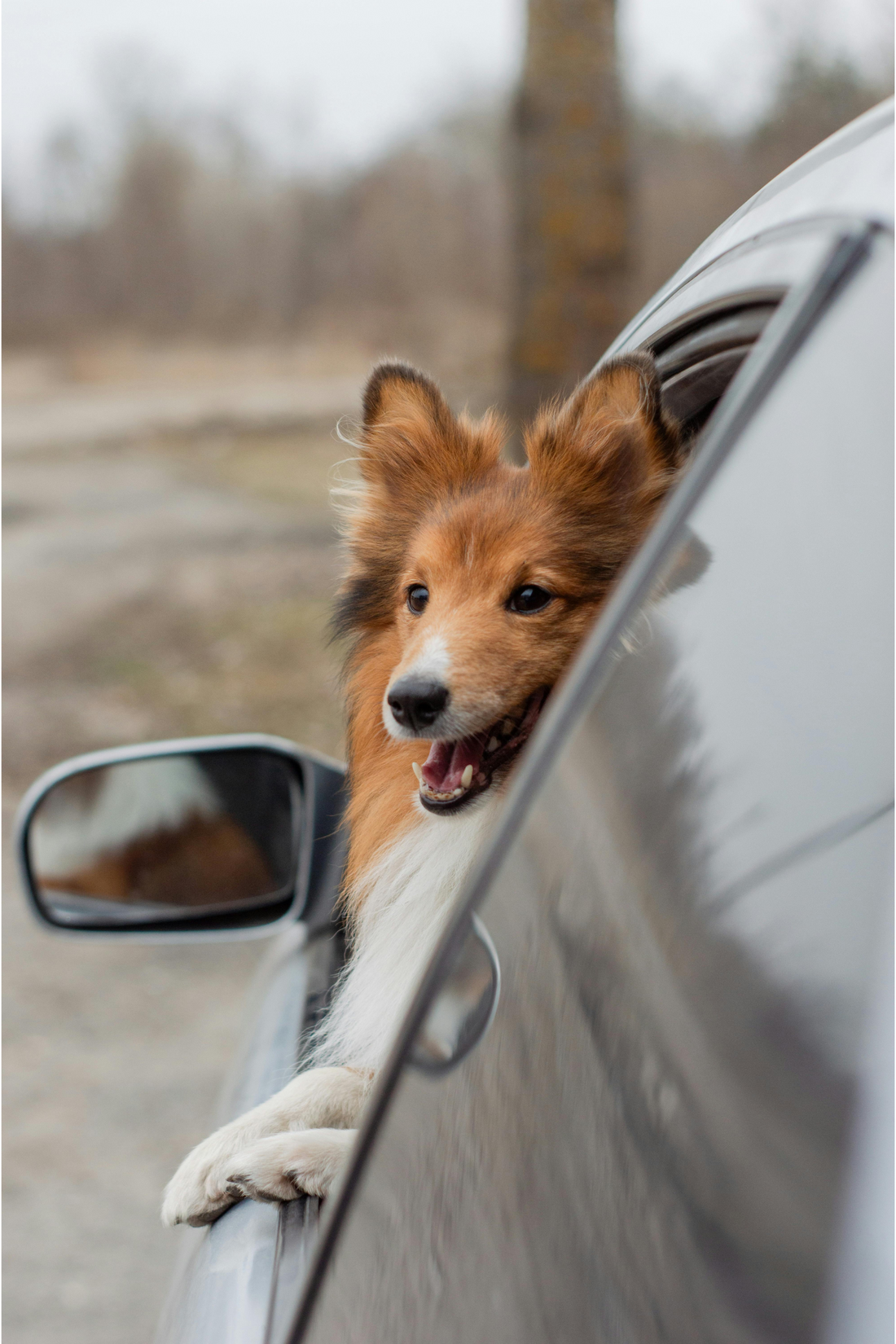
UK Laws on Traveling with Dogs in a Car: A Comprehensive Guide
UK Laws on Traveling with Dogs in a Car: A Comprehensive Guide
It's holiday season! Either you and your furry friends will be traveling somewhere to seek out a new adventure, or it's just the getting to and from your favourite spots, whichever it is, are you up to date on how you should have your dog restrained in your car? In the UK, specific laws and guidelines ensure the safety of both the pet and the passengers. Whether you’re planning a short trip to the vet or a long journey, understanding these rules can help you stay compliant and keep your dog (or other pets) car safe.
Legal Requirements for Dogs in Cars
The Highway Code provides the rules and guidelines for road users in the UK, including regulations for traveling with animals. According to Rule 57 of the Highway Code, dogs or other animals in a vehicle must be suitably restrained so that they cannot distract the driver or cause injury to themselves or others in the event of a sudden stop.
Suitable Restraints for Dogs in Cars
To comply with this rule, there are several ways to restrain a dog in a car:
• Seatbelt Harness for Dogs: A harness that attaches to the seatbelt allows the dog some movement while keeping them secure.


• Pet Carrier: For smaller dogs, a pet carrier or crate ensures they are safely contained.

SHOP OUR LUXURY DOC CAR TRAVEL BEDS HERE
• Dog Guard: A dog guard fits between the back seats and the boot of a car, creating a safe area for your dog to travel.
• Dog Cage: Similar to a pet carrier, a dog cage in the boot of the car provides a secure space.
Using any of these methods will help keep your dog secure and minimize the risk of distraction or injury. Fortunately Walkease has the products you need
Penalties for Not Restraining Dogs in Cars
Failing to restrain your dog properly can lead to severe consequences. If a driver is found to be distracted by an unrestrained pet, they can be charged with “driving without due care and attention,” which carries a maximum fine of £5,000, up to nine penalty points on their driving license, and, in serious cases, a driving ban. Additionally, if an unrestrained dog causes an accident, the driver’s insurance may be invalidated.
Best Practices for Traveling with Dogs
Apart from legal requirements, there are several best practices to ensure a safe and comfortable journey for both you and your dog:
1. Regular Breaks: On longer journeys, take regular breaks to allow your dog to stretch, hydrate, and relieve themselves.
2. Avoid Feeding Before Travel: To prevent travel sickness, avoid feeding your dog a large meal just before setting off.
3. Hydration: Ensure your dog has access to water, especially on long trips or during hot weather.


SHOP OUR PET TRAVEL PRODUCTS HERE
4. Never Leave Dogs Alone in Cars: Leaving a dog alone in a car, especially on warm days, can be dangerous. Temperatures can rise quickly, leading to heatstroke or even death.
Preparing Your Dog for Car Travel
Training your dog to be comfortable in the car can make journeys more enjoyable. Start with short trips and gradually increase the duration. Use treats and praise to create positive associations with car travel.
Walkease are here to help
Traveling with your dog in the UK involves more than just putting them in the back seat. Following the Highway Code and ensuring your pet is safely restrained is crucial for their safety and your own. By adhering to these laws and guidelines, you can enjoy stress-free and safe journeys with your furry friend. Always prioritize safety and make your trips enjoyable for everyone involved.
For more information on pet travel accessories and tips, visit walkease.co.uk/shop and check out our range of dog car restraints, pet carriers, and hydration solutions.
